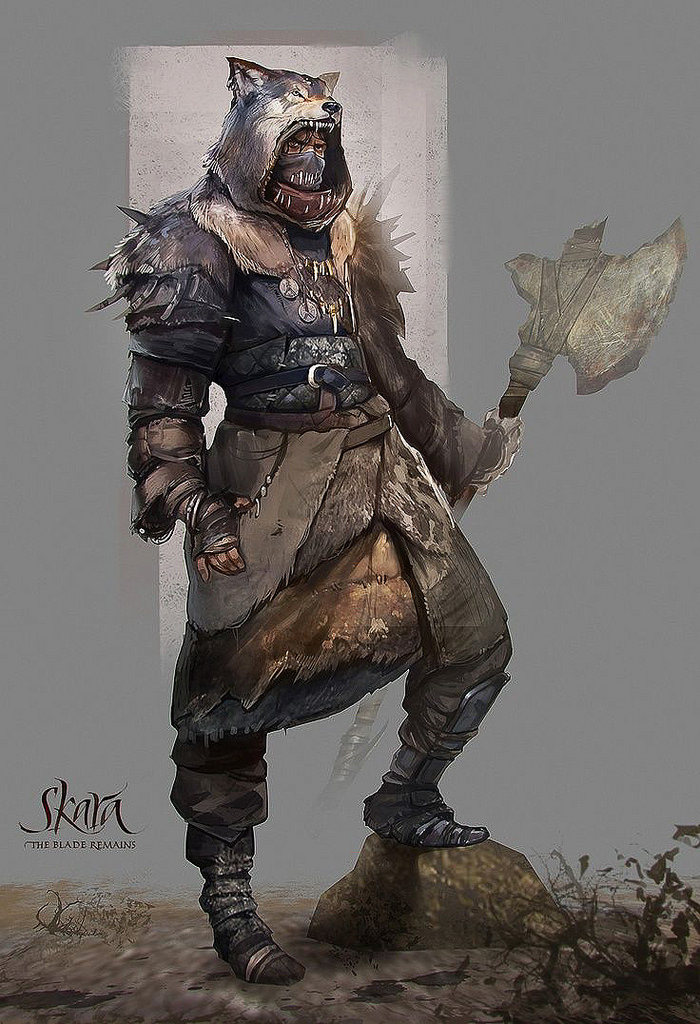

Many menhirs are engraved with megalithic art, some with anthropomorphic features. However, recent research into the age of megaliths in Brittany strongly suggests a far older origin, perhaps back to six to seven thousand years ago. Until recently, standing stones were associated with the Beaker people, who inhabited Europe during the European late Neolithic and early Bronze Age-later third millennium BC, c. Identifying the purpose or use of menhirs remains speculative. It is known, however, that they buried their dead and had the skills to grow crops, farm and make pottery, stone tools and jewelry. The Géant du Manio, a menhir in Carnac, Brittany History Īlmost nothing is known of the social organization or religious beliefs of the people who erected the menhirs. In Germany and Scandinavia the word Bauta is used (e.g., de:Bautastein and no:bautastein) and this occasionally makes its way into English with the term "bauta stone". In modern Breton, the word peulvan is used, with peul meaning "stake" or "post" and van which is a soft mutation of the word maen which means "stone". In modern Welsh, they are described as maen hir, or "long stone". It is a combination of two words of the Breton language: maen and hir. The introduction of the word into general archaeological usage has been attributed to the 18th-century French military officer Théophile Corret de la Tour d'Auvergne. The word menhir was adopted from French by 19th-century archaeologists.

The developments of radiocarbon dating and dendrochronology have significantly advanced scientific knowledge in this area. Until the nineteenth century, antiquarians did not have substantial knowledge of prehistory, and their only reference points were provided by classical literature. Over the centuries, they have variously been thought to have been used by druids for human sacrifice, used as territorial markers, or elements of a complex ideological system, used as mnemonic systems for oral cultures, or functioning as early calendars.

The exact function of menhirs has provoked more debate than practically any other issue in European prehistory. These are sites of ancient religious ceremonies, sometimes containing burial chambers. Where menhirs appear in groups, often in a circular, oval, henge or horseshoe formation, they are sometimes called megalithic monuments. The monastery later became the Oxenham Arms hotel, at South Zeal, and the standing stone remains in place in the snug bar at the hotel. One example is the South Zeal Menhir in Devon, which formed the basis for a 12th-century monastery built by lay monks. Some menhirs stand next to buildings that have an early or current religious significance. They were constructed during many different periods across prehistory as part of the larger megalithic cultures in Europe and near areas. Standing stones are usually difficult to date.

They are widely distributed across Europe, Africa and Asia, but are most numerous in Western Europe particularly in Ireland, Great Britain, and Brittany, where there are about 50,000 examples, and northwestern France, where there are some 1,200 further examples. Menhirs' size can vary considerably, but they often taper toward the top. They can be found individually as monoliths, or as part of a group of similar stones. Large menhir located between Millstreet and Ballinagree, County Cork, Ireland Cwm Rhaeadr Fawr maen hir (menhir) near Aber Falls, Gwynedd, Wales Dry Tree menhir – a standing stone at Goonhilly Downs CornwallĪ menhir ( / ˈ m ɛ n h ɪər/ from Brittonic languages: maen or men, "stone" and hir or hîr, "long" ), standing stone, orthostat, or lith is a large upright stone, emplaced in the ground by humans, typically dating from the European middle Bronze Age. Please discuss this issue on the article's talk page. Please read the layout guide and lead section guidelines to ensure the section will still be inclusive of all essential details. Please help by moving some material from it into the body of the article. This article's lead section may be too long for the length of the article.


 0 kommentar(er)
0 kommentar(er)
